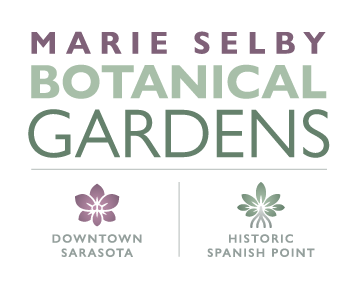Botanical Briefing: A Taxonomist’s View on the Essence of Water lilies that Inspired Claude Monet
Botanical Briefing: A Taxonomist’s View on the Essence of Water lilies that Inspired Claude Monet, presented by John H. Wiersema, PhD, Research Associate in the Botany Department of the Smithsonian Institution’s National Museum of Natural History
May 19 from 12 p.m. noon- 1:00 p.m.
What is it about the nature of water lilies that provided the inspiration for Claude Monet’s gardens and so many of his impressionist paintings? This talk will examine the role of water lilies in the aquatic landscape, explore the relationships among the various forms of water lilies throughout the world, and probe the aesthetic qualities that have made them the ultimate aquatic ornamental. We will also investigate the early history of water-lily hybridization in Europe in relation to the water lilies available to Monet when he established his water garden in Giverny in the late 19th Century, with a closer look at those that successfully established on his estate. Finally, an appreciation of the sheer beauty and serenity of both a pristine waterlily setting and a Monet impressionist rendering of it.
Dr. Wiersema, a specialist on the taxonomy of the water-lily group, focuses his research on the water-lily genus Nymphaea. He has studied and collected these plants in both temperate and tropical countries on 6 continents, personally cultivating at least 60 such gatherings for direct observation over the last 4 decades and examined thousands of global water lily herbarium specimens. He has discovered and described several new species and has participated in over 30 scientific publications on the group. Retired from the USDA’s Agricultural Research Service (ARS) after more than 30 years, he now serves as a Research Associate in the Botany Department of the Smithsonian Institution’s National Museum of Natural History. Dr. Wiersema gained global standing as a specialist in plant nomenclature, and now has direct editorial involvement with both the botanical and cultivated plant codes of international nomenclature and the international journal Taxon. Over his professional career, he has contributed to some 125 scientific publications.
Please note: Members will receive an exclusive email with the registration link for this event.
